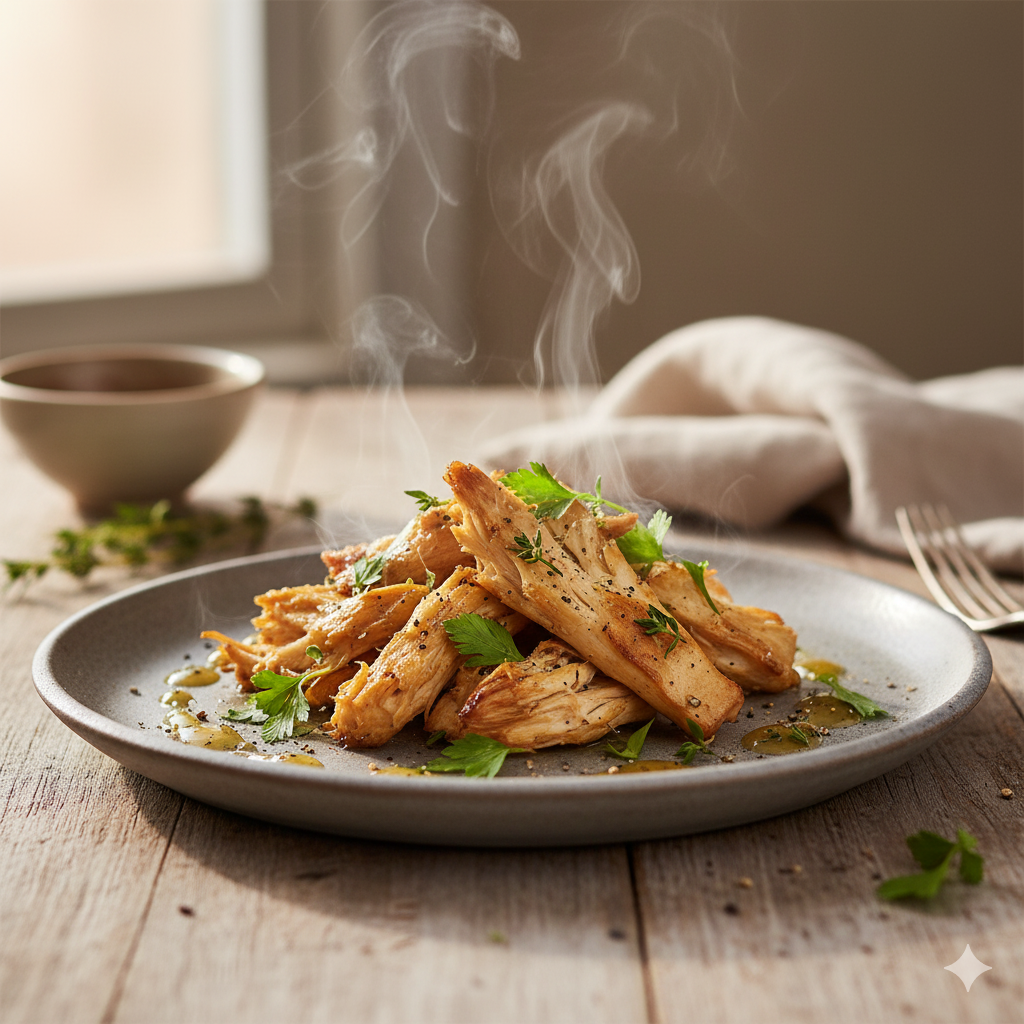Lion’s Mane (Hericium erinaceus): Fluffy Genius of the Forest
Also called bearded tooth, pom-pom, and “that fluffy brain mushroom.”
Introduction
Meet Lion’s Mane—the mushroom that looks like a cloud got a stylish haircut.
Its scientific name is Hericium erinaceus, and its cascading spines give it a unique
texture and a habit of soaking up flavor like a culinary sponge. It’s prized in kitchens for
its delicate seafood-like bite and in research circles for intriguing bioactive compounds.

Nutritional Value
- Low in calories, with fiber to keep things balanced.
- Contains beta-glucans and other polysaccharides.
- Offers B vitamins, potassium, and antioxidant compounds.
- Absorbs sauces like a champ—hello, flavor!
Think protein-adjacent satisfaction with minimal fuss: sear, season, smile.

Medicinal Properties (Evidence-Informed)
Research on Lion’s Mane explores immune modulation and neurotrophic
potential (e.g., compounds like hericenones and erinacines studied for NGF-related pathways).
Early human studies are limited; talk to your clinician before using it alongside medications
or for specific conditions.
TL;DR: intriguing science, promising directions—still a supporting actor, not a solo act.
Recipe: Lion’s Mane “Scallops” with Lemon-Garlic Butter
Serves 2 • 15 minutes • Crispy edges, soft center, seafood vibes—no ocean required.
- Slice Lion’s Mane into 2–3 cm “medallions.” Pat very dry (key to browning!).
- Heat a wide pan over medium-high. Add neutral oil; when shimmering, add the medallions.
- Press lightly with a spatula and sear until deep golden on both sides.
- Lower heat, add a knob of butter, minced garlic, and a few thyme sprigs. Baste for 30–60 sec.
- Finish with salt, pepper, lemon zest, and a squeeze of juice. Serve over rice or greens.

Summary
Lion’s Mane is a culinary charmer with a research resume that’s worth watching.
Treat it like great seafood: hot pan, quick sear, bright finish. Intelligence not included—results may
vary—but your taste buds will feel smarter.

